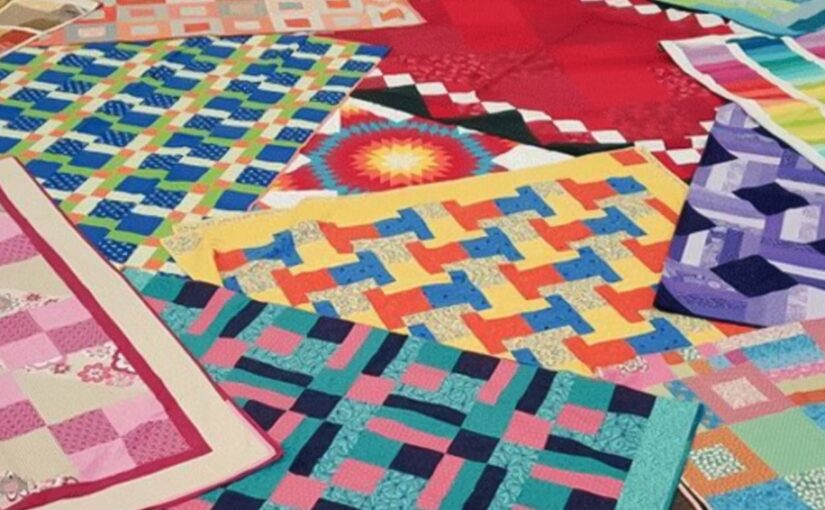I made it to the end. It didn’t feel like a win. That’s the point. When it began I was surrounded by people. The moment someone shook my hand I assumed I’d be stepping off of the blanket. I watched as more and more people sat down. I saw the people I was standing next to suddenly get further and further away. Finally I remember the separation when the blanket was folded and the realization of the neighbor I had to share this small space with. When the first positive scroll was revealed we unfolded a single corner of our blanket. When the second scroll detailing a win in the fight for indigenous rights was read most of the remaining blankets stayed still, only a few of us were left to unfold a corner. Only a few of us had survived long enough to experience this final win of the exercise.
We finished with a sharing circle. Not only is this a traditional way to bring closure and make space for feelings, it’s an important reminder of the need for debrief, especially when the topic is something as heavy as ~170 years of oppression and acknowledgment of Canada’s attempted genocide against Indegenous Peoples. What stood out was how effective this exercise was in showcasing loss. It seemed slow when it was happening. After disease had cleared the blankets people were lost more slowly, some pulled away but still on a blanket. When we started the exercise there was room and we were surrounded by others, shoulder to shoulder and perhaps a little warm. That warmth, and much of the space we had shared was rapidly taken. The narration and scrolls helped connect the allegorical loss to its actual counterpart, but the striking difference between the field of soft blankets and the few sad folded squares really drove home the theft that occurred.

